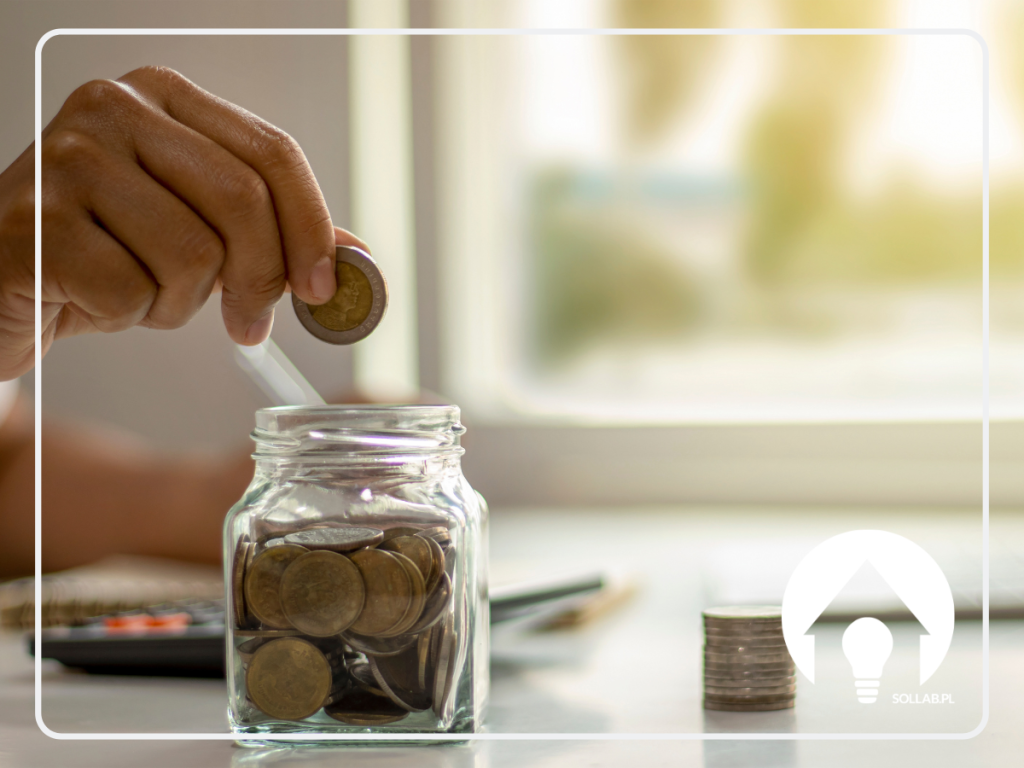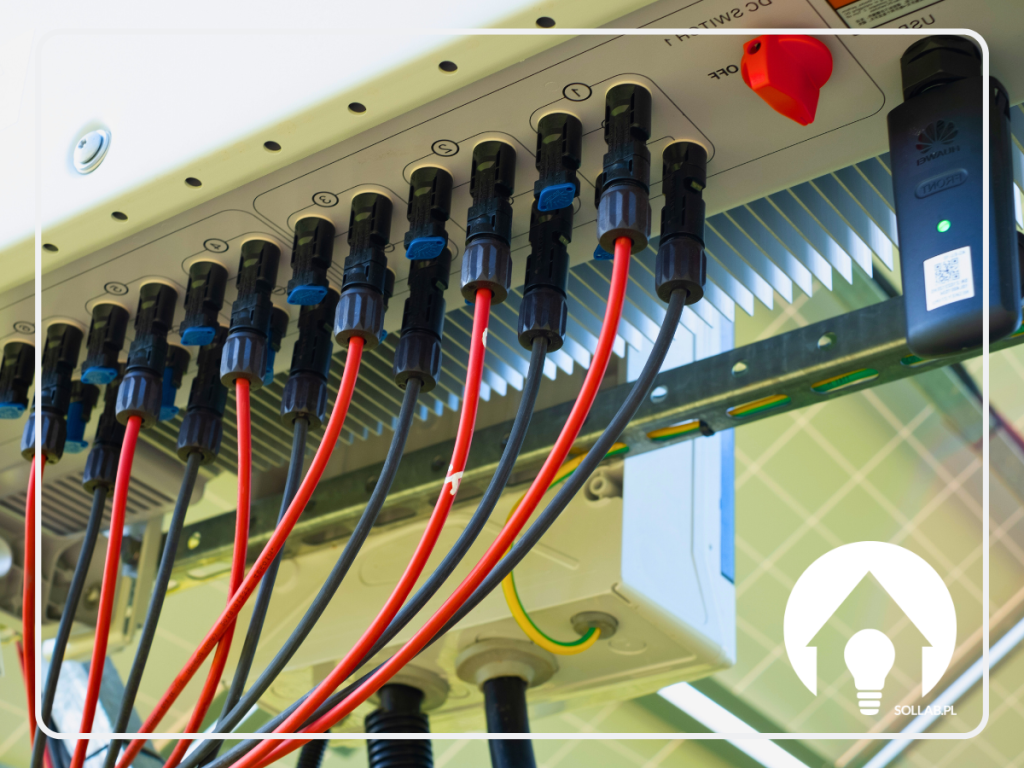Thermo-modernisation - what is it? How do I approach the thermo-modernisation of a building?
Thermo-modernisation of single-family homes is one of the biggest challenges facing building owners in the coming years. In an era of rising energy and energy costs, it is becoming necessary to apply solutions that will allow costs to be reduced in the future. For this reason, the thermal modernisation of buildings has been popular for some time now and will make it possible to achieve the objectives, particularly the reduction of bills. What is meant by thermal modernisation? Find out how to carry out a successful thermal modernisation of your home.
What is thermal modernisation of buildings?
Thermomodernisation is the comprehensive process of modernising and improving the energy efficiency of existing buildings in order to minimise heat loss and reduce energy consumption for heating or cooling. The main objective of thermal modernisation is to improve the thermal comfort inside a building. This includes, among other things, improvements resulting in a reduction of primary energy losses in the building's district heating network and in the heat sources used. When modernising a building, investors often decide to replace the energy-efficient heat source. Another group of measures are those related to eliminating or significantly reducing energy losses.
What is the purpose of thermo-modernisation of the house?
The aim of home thermo-modernisation is primarily to improve the energy efficiency of a building by minimising heat losses and reducing energy consumption for heating or cooling. Comprehensive thermal modernisation of a building includes several types of measures. The most important is the insulation of the building envelope and the roof. Thermomodernisation also includes sealing the heating system and replacing window and door frames. Thermomodernisation can also prevent the interior of a residential building from cooling down or overheating. With proper insulation and the right materials, it can be avoided that the building gets too hot in the summer and is difficult to heat in the winter.
Energy audit before thermal modernisation of a building - why is it worth it?
An energy audit is carried out to determine the energy efficiency of a building, to show the scope and the technical and economic parameters of the work involved in its thermo-modernisation.
The audit also indicates the optimum solutions, taking into account the cost of the project and the resulting energy savings and payback time.
Why commission an energy audit? An audit is intended to indicate which modernisation measures will bring the highest possible benefits. W energy audit The individual measures are ranked from the most advantageous to the least economically beneficial. This analysis will allow the investor to decide on the scope and sequence of the thermal modernisation work. This is important for financial reasons.
Thermal imaging measurements - what are they for?
An essential element of an energy audit is an examination with a thermal imaging camera - thanks to its use, the state of a building's insulation can be accurately assessed. The thermal imaging survey allows thermal bridges to be located and verifies whether the building requires light or comprehensive thermo-modernisation work.
What work does the thermal modernisation of the building involve?
Thermomodernising a building is a complex process that can involve a variety of works and upgrades to improve energy efficiency and thermal conditions inside the building. As thermal modernisation aims to reduce the energy consumption required to heat a building, the main objective is to implement changes that will reduce heat escape and guarantee energy-efficient, effective and economical heating. Accordingly, the thermomodernisation of a house mainly includes activities such as:
- Thermal insulation of external walls - Adding insulation layers to the outside of existing walls to reduce heat loss.
- Thermal insulation of the attic ceiling/floor - Application of thermal insulation to the attic ceiling or floor to reduce heat loss.
- Roof thermal insulation - Adding thermal insulation to the roof surface to reduce heat loss.
- Replacement of window and door frames - Installation of energy-efficient windows and doors with improved insulation properties.
- Heating system modernisation - Replacing an outdated heating system with a more efficient one, such as installing modern condensing boilers.
- Installation of mechanical ventilation systems with heat recovery - Installation of mechanical ventilation with heat recovery to effectively ventilate rooms with minimal heat loss.
- Installation of controllers and temperature controllers - Installation of intelligent energy management systems to optimise energy consumption in the building.
- Installation of renewable energy systems - Use of renewable energy sources such as solar panels, solar collectors or heat pumps.
- Removal of thermal bridges - Eliminate areas of additional heat loss, for example by using insulating building components.
If done correctly, thermo-modernisation can reduce heat demand by several tens of per cent, making it possible to replace the old heat source with an economical unit that can be automated. A heat pump is more than 80% cost-effective than other heating sources. This unit allows heat to be extracted from the air and transferred to the home heating system. Investors who are keen to save as much money as possible should additionally think about investing in photovoltaic panels to generate energy to power the heat pump. In this way, during the day, a well-paired system will not require power from the grid, relying solely on solar energy.
Subsidies for furnace replacement and reductions for thermal modernisation
Thermomodernisation can be a costly undertaking, so it is worth taking advantage of the support programmes available. It is possible to obtain financial support for replacing an old furnace with a modern heat source, such as a heat pump, thanks to the funding offered by the Clean Air Programme. At the same time, the project makes it possible to obtain co-financing for the purchase of a photovoltaic micro-installation, mechanical ventilation with a recuperator, and even insulation of building partitions and replacement of window or door frames.
Another scheme that makes it possible to reduce the costs associated with the thermal modernisation of a building is the thermal modernisation allowance. The allowance offers the possibility of deducting from the tax base the costs incurred for improving the energy efficiency of a residential building. This deduction cannot exceed PLN 53,000 per person who is the owner or co-owner of the building and it applies to all activities related to the thermo-modernisation of facilities.
The Clean Air Programme can be combined with thermo-modernisation relief and thus increase the amount of the grant!
Summary
Thermo-modernisation of a building aims to protect the house from heat loss and thus reduce the energy costs for heating the interior and heating the water. Thanks to thermo-modernisation, not only can thermal bridges be eliminated and heating bills reduced - thermo-modernisation also makes it possible to increase thermal comfort.
















